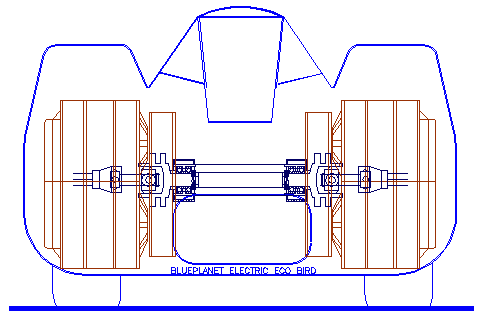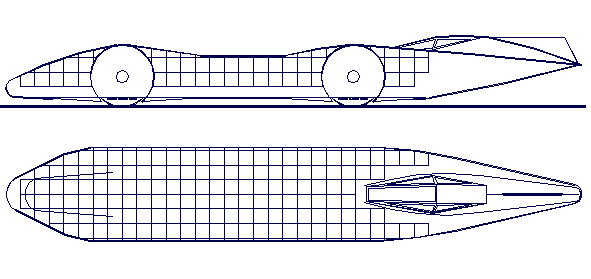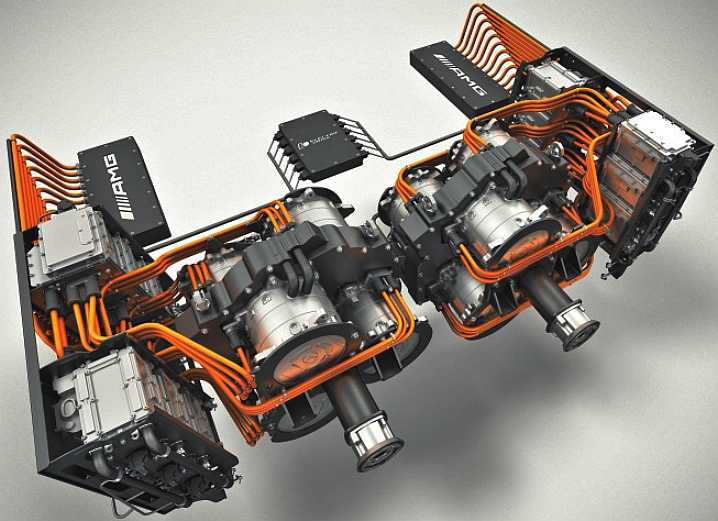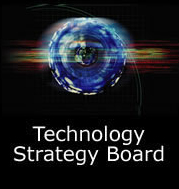|
Blue
Planet's
Ecostar
|
|
HOME | INDEX | AUTOMOTIVE | BLUE PLANET BE3 | ELECTRIC CARS | ENERGY | FORMULA E | NEWS | SOLAR CARS |
|
The drive motor layout for the Ecostar above, is near identical to that used in the Mercedes AMG offshore powerboat Top Gun. See the photograph at the foot of this page.
The particular call cited below came and went long ago, an opportunity sadly missed for EV development. That though is the nature of research and development. It is not so much who has the thought to take development to the next stage, it is also being at the right place at the right time and having the right team of collaborative engineers from forward looking companies and universities.
The Ecostar project was not entered for the competition below because the European Competition was discovered too late to assemble or be able to contact potential partners and then assemble a team. This is now a good time to make contact and build such a team, in readiness for any fresh transport call. We also need a driver - perhaps from one if the Formula E teams? Number: 29/G/ENT/CIP/12/C/N05S00 - Promotion of electric vehicle technologies
GRANT PROGRAMME 2012 LOT 1: Construction from scratch of an electric car designed for competition.
THE PROPOSAL: ‘BLUEPLANET ECOSTAR’
RANGE ANXIETY - The blend of technology to be incorporated in the ‘Blueplanet Ecostar’ promises an innovative energy efficient vehicle, devoid of range restrictions, provided that the infrastructure is also developed and given the support necessary by the member states of the European Union. CLEAN MOTORING - Electric vehicles incorporating a means of instant refuelling could make road transport clean and practical by eliminating the limited ranges of fixed battery EVs, which are perceived as less practical by the at present long parked-up recharge times. The cartridge exchange technology incorporated in ‘Blueplanet Ecostar’ may contribute to the spread of innovative battery solutions for EVs and raise social awareness of this developing technology, thus meeting the objectives of this call. Motoring enthusiasts will enjoy the spectacle of a sleek racing car at shows and other events. As the media pick up the story, the general public should warm to the news of instant refuelling as may benefit carbon reduction targets, but it is hoped that MVMs, energy suppliers, NGO’s and governments will recognise the potential. In 1995 a well known energy supplier in the UK entered into negotiations with the designer, which faltered as the Dti revealed its preference for fuel cell technology, now discarded. POWERTRAIN - The ‘Blueplanet Ecostar’ uses a pure battery-electric power-train to be complemented by the addition of onboard PV cells. VEHICLE SAFETY - The driver is protected by a safety cage and CTA compliant rollover bar. Goodyear high-speed LSR tires are rated higher than the expected operational speeds. A parachute and safety reserve chute supplements conventional disc braking. The battery cartridge casing provides extra mechanical and fire protection to the Lithium Polymer cells in the event of a crash. The loading and cradling design helps the cells to resist vibration. Short circuit, over an under charge protection is incorporated. Specifically, the system complies with the requirements of UNECE Regulation No 100 (electric safety). The system will be tested statically and in rolling situations.
ENVIRONMENTAL CONSIDERATIONS
BATTERY CARTRIDGE CHARGING - The battery cartridge solar charging system shall comply with the EU legislation and international standards, such as IEC 61000. Alternatively, battery cartridges may be recharged via a charger of the onboard type in any country within the EU and US. For road cars, a smart-card Pay As You Drive (PAYD) system may be developed for forecourt style commercial battery cartridge exchanges. ELECTROMAGNETIC COMPATIBILITY (EMC) – The vehicle will be designed to meet with or exceed the tolerable limits set for electromagnetic disturbances as defined in EU legislation. and shall take into account additional issues not covered totally or partially by the latter, such as those related to connections to the power grid. g) Applicability to future society in terms of carbon reduction and the take of EV’s generally, once range anxiety issues become resolved, measured by the following indicators: - Number of unique visitors to the project websites. - Media coverage of the demonstration event (number of press articles). - Estimation of impact on carbon generate transport if taken up by manufacturers. CONSTRUCTION TIMETABLE 29/G/ENT/CIP/12/C/N05S00 (1) Scheduled start-up date for the action: 15th July 2012 (2) The duration of the construction is 4 months.
The above Mercedes AMG electric motor package is near identical in layout to that designed for the Ecostar - see picture at the head of this page. In fact we had to look twice at this photograph because it looked as though someone had published a picture without our knowledge. In fact this is the drive-train from the world's most powerful electric boat - the Top Gun Cigarette. Great minds think alike.
FUTURE COLLABORATION
The Blue Planet team are looking for collaborative research partnerships with motor companies, universities, battery and electronics companies. The 'Ecostar' could be (by way of example) the 'Mercedes Ecostar'. The classic lines of the Ecostar are reminiscent of both Mercedes, Audi and Jaguar D type cars from the glory years. Match funding for such research is available from time to time from Nine Sigma and the European Community fund (Catapult). Please contact Bluebird Marine Systems Ltd or Max Energy Ltd to discuss the possibilities. This project is under new management.
An electric land speed record car that refuels itself by changing battery packs between each run - charged by solar power. See the refueling cycle by clicking on the car above.
+44 (0) 1323 831727 +44 (0) 7842 607865 Bluebird Marine Systems Ltd
THE BLUE BIRDS OF HAPPINESS
|
|
This
website is copyright © 1991- 2013 Electrick Publications. All rights
reserved. The bird logo
Max Energy Limited is an educational charity working for world peace.
|
|
EDUCATION | E. CYCLES | SOLAR CARS | SOLAR CAR TEAMS | SOLARNAVIGATOR |





